The Grand Canyon sneaks up on you. A mile deep, and miles across, it virtually conceals the river that formed it — the Colorado, nested behind rims of canyons within canyons, sitting all alone as a ribbon of water amid the arid Arizona wasteland.
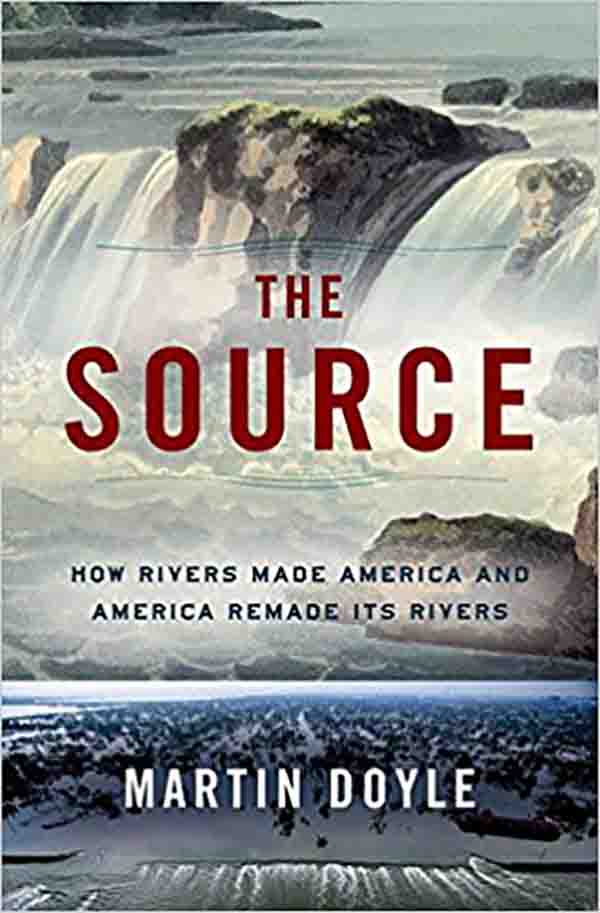
WHAT I LEFT OUT is a recurring feature in which book authors are invited to share anecdotes and narratives that, for whatever reason, did not make it into their final manuscripts. In this installment, Martin Doyle shares a story that was left out of “The Source: How Rivers Made America and America Remade Its Rivers,” published this month by W.W. Norton.
At the break of dawn one day in early summer, I was packing to descend into this geologic gorge, meet a group of scientists somewhere along the river, and spend a week with them while they did whatever it was they were doing. My last-minute instructions were to bring a backpack full of motorboat propellers and an inordinate quantity of cheese-in-a-can. The scientists were emphatic that both of these were essential to their work.
The trail started in thin, cool air 7,000 feet above sea level and ended at the river, 4,500 vertical feet down. The air there was thick, hot, and oppressive. At the base of the trail was the confluence of the Colorado and a small tributary, Bright Angel Creek, where hikers and resting rafters squirreled themselves into any nook or cranny of shade they could find — except for five outliers: grubby, sweaty people squatting beside the creek in the blazing sun, picking through small trays of schmutz with forceps. They were my hosts, the ecologists — that rare breed of eccentrics whose myopic focus on cataloging all things biotic seems to make them oblivious to surrounding conditions.
This group was the “food base” team from the U.S. Geological Survey, led by Ted Kennedy and Jeff Muehlbauer. They had started their research trip at Lees Ferry, 87 miles upstream; they had already been on the river more than a week, and they looked it. Short-timers in the Grand Canyon, like me, wear quick-dry clothes and wide-brimmed hats only days or hours removed from an outfitter’s store in Flagstaff, Arizona. Long-termers like river guides and the USGS crew look like Bedouin nomads, with long-sleeved baggy clothes, bandannas, and a miscellany of cloths meant to protect every inch of skin from the sun — yet nevertheless with vivid sunburns, chapped and split lips, and a full-body coating of grime. Almost as soon as I got there, the ecologists wrapped up their work, packed their nets, buckets, tweezers, and other gear, and led me to their home: a flotilla of enormous motorized rubber rafts that held a mini-house of living essentials and a mini-laboratory of scientific essentials, all tightly packed and strapped to get through the rapids of the Grand Canyon.
The food base team was working its way downstream to understand how the ecology of the Colorado River — the fish and the things the fish eat — are responding to the unusual flow that is now a central characteristic of the river. Until the 1960s, the rise and fall of the Colorado was tightly tied to the seasons: It would rise dozens of feet from April to June as melting snow from the Rocky Mountains swelled it into a muddy torrent, then diminish when the snowmelt petered out.
After the completion of the Glen Canyon Dam upstream of the Grand Canyon in 1966, everything changed. The cooped-up water in the reservoir now spins turbines in the dam, which produce electricity for the power-hungry West. Electricity production at the dam can match the rhythm of urban America: turn the river on during the day to power the air conditioners of Los Angeles, and turn the river off in the evening when temperatures cool. The flow of the Colorado is no longer river-like; it is now a tightly controlled hydraulic machine.
For years, the USGS crew has been trying to figure out how flows might be linked to the base of the food web — insects. The reason they are fixated on insects comes from an earlier study, led by Kennedy, that yielded a painstaking inventory of the food web at various locations downstream from Glen Canyon Dam. The data made clear that there wasn’t enough food in the system; in particular, there weren’t enough insects at the base of the food web.
Through their initial series of studies on the river, Kennedy and Muehlbauer noticed that many of the tributaries were loaded with potential food. Could they provide enough food to support the main-stem river ecosystem? And what was it about the tributaries that made them food-rich but the Colorado itself food-poor? That was the rationale for wrangling almost a dozen people into rafts and turning them loose in the Grand Canyon with nets, sieves, and seemingly random scientific supplies for a few weeks.
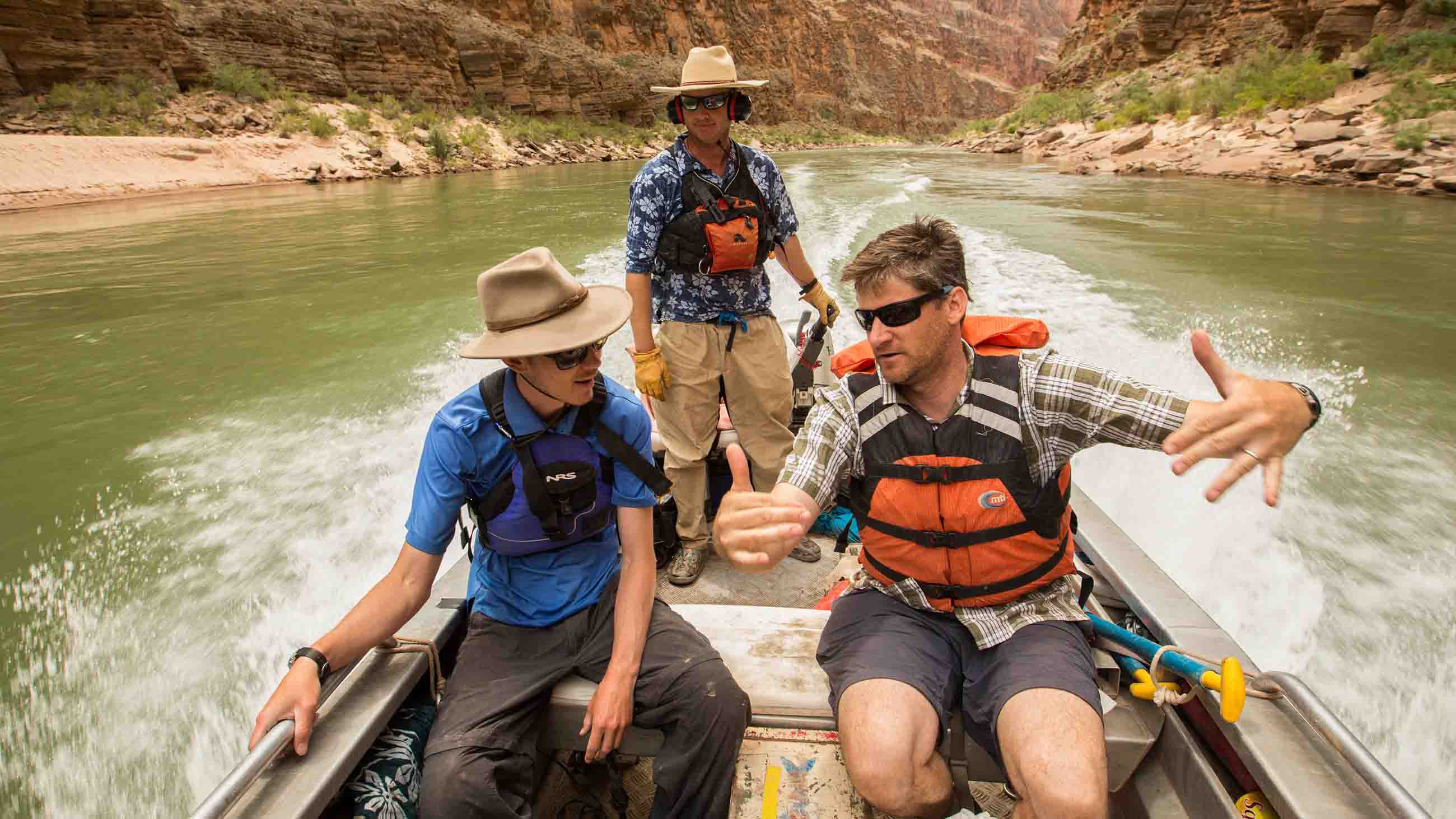
Much of science depends on sophisticated instruments and sensors, electronic gadgets that are inordinately expensive. Aquatic ecology tends to be the opposite; it is a mixture of physically demanding field work and hardware-store creativity — collecting data with tools you find in a garage. As a result, the USGS crew bared little resemblance to lab scientists: nets, buckets, sieves, bags, bottles, and all manner of notebooks hanging off backpacks as the scientists clanged and banged their way up into the tributaries.
At each major tributary along the Grand Canyon, the crew would stop the rafts, shoulder their gear, and hike a mile or two along the water, stopping at regular intervals to scrape rocks and twigs and boulders, and deposit the scrapings into nets. The gaggle of ecologists would divvy up the biotic loot in trays and meticulously pick through the flotsam, looking for anything that moved — aquatic insects, some as large as a caterpillar and some much smaller than a grain of sand. These they plucked from the nets with tweezers and placed into containers of ethanol, which gradually turned into very crowded bottles of dead insects. The bottles were sealed, labeled, carried back to the rafts, and stored for the trip home. The insect-filled bottles would provide months of masochistic work back in the lab, where Muehlbauer would spend the winter hunched over microscopes identifying and counting the various insects, building a catalog of biodiversity of the Grand Canyon’s tributaries.
Scraping and netting is only the first part of the crew’s task. After sampling at one of the tributary sites, Kennedy set up a “light trap,” a contraption meant to attract and capture insects that fly at night. It looked almost scientific: a Tupperware bin into which he poured about an inch of neon-green antifreeze, under a small lamp connected to a battery and a timer. (It would be difficult to build something that looked more like a bomb.) He set the timer to turn the lamp on at dusk — 8:30 p.m. — and hiked to the next sampling site, where we scraped rocks into nets, set up another light trap, and so on up the tributary canyon, in the middle of the blazing afternoon sun.
After a long day of boating and hiking in the oppressive heat, followed by an evening of inhaling food, prepping rafts for the next day, filtering samples, filling out forms, and getting all things ready for tomorrow’s sampling, Kennedy set off from camp to retrieve the light traps, dragging me along. By the time we got to the tributary it was fully dark, and our headlamps were clouded with moths. Through the cylinder of headlamp light, working our way up through the desert side canyons, we somehow found the first light trap.
Light traps are a simple sampling strategy: After dusk, insects get very busy. When the lamp goes on, the insects are attracted to the light and get trapped in the antifreeze in the bin. Kennedy poured the bug-laden antifreeze into a bottle, labeled it, packed up the bomblike contraption, and headed to the next sampling site. These light-trap samples complement the ones the crews collect during the day. The bugs that live on the streambed are the larval form of insects like mayflies and caddisflies. When they grow into adults, they emerge from the tributary streams and fly into the surrounding landscape, supplementing the food web of the ecosystem. The light traps give one view of what types of adult insects are flying around the canyon and of the composition of the food web not just in the river, but also in the surrounding desert. By documenting the insects in and around the river, the USGS crew is able to document the base of the food web of the entire canyon ecosystem.
All this effort seemed an eccentric exercise in esoteric ecology until a random moment on one of the tributaries, Tapeats Creek. Amid the heat of an afternoon, while packing up after sampling with the crew, I watched a caddisfly emerge from the creek and fly up along a boulder for a few feet to a waiting lizard, which snatched it right up. The stream subsidizes the surrounding ecosystems: Stream insects are integral to the food web. The river and its tributaries are the sole source of life not just for fish but for lizards, bats, and anything living along the riparian corridor. As the river ecosystem has declined, possibly because of the flow from the Glen Canyon Dam upstream, the concern is that the entire Grand Canyon ecosystem will slowly, imperceptibly, decline along with it.
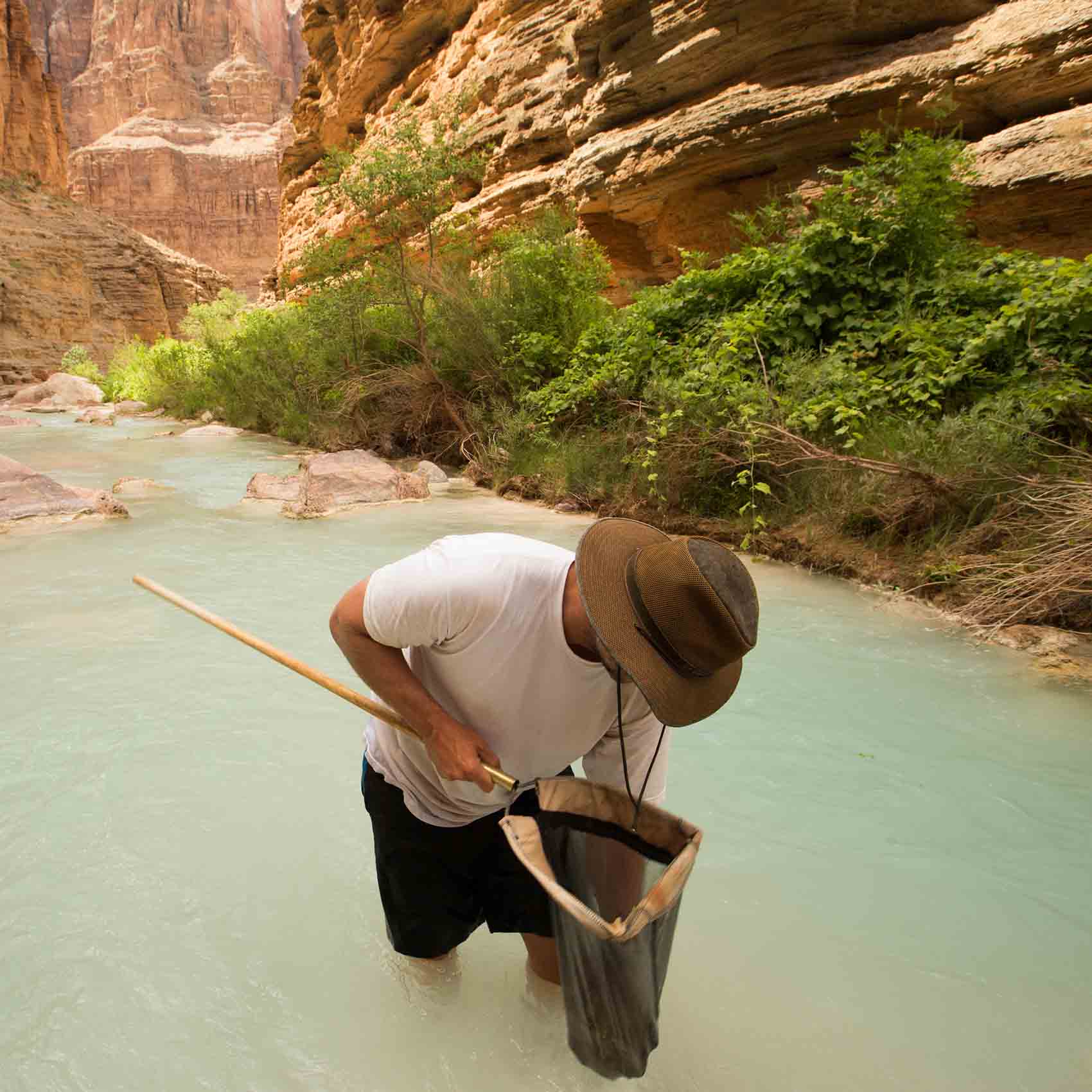
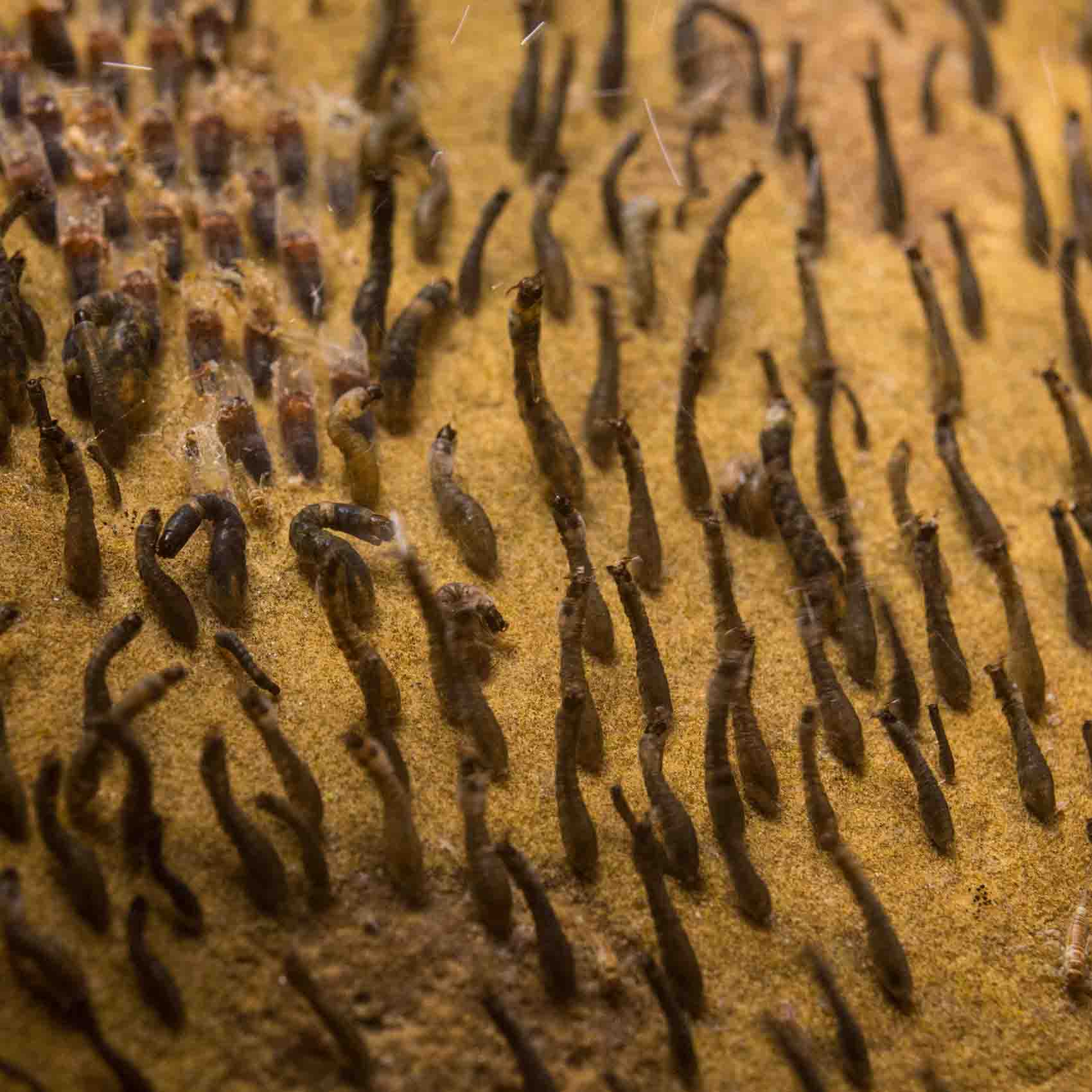
All the work by the USGS crew in the canyons gives a detailed view of these systems, but the logistics of studying such a remote river are dauntingly difficult and expensive, even with simple and cheap data collection. So these sampling trips can be quite rare, and scientists get glimpses of what is going on but not necessarily the full picture.
This is the genesis for a particularly clever approach to studying the food web: citizen science. Light traps are so simple that anyone can set one up and collect bug samples. Commercial rafting trips go down the canyon continuously, and each trip has several guides. Kennedy had the idea of providing some guides with a set of light traps and paying them about $10 for each one returned with samples clearly labeled. (Ten bucks will buy you a six-pack of good beer.) While the data may not be as dependable as that collected by USGS scientists, the sheer quantity of crowdsourced bugs outweighs those concerns, just as lots of real-time observations allow Google Maps to provide reliable data on traffic congestion. From 2012 to 2017, the USGS scientists collected 1,133 samples, while the river guides collected 5,425. The combination of data sources brought the Grand Canyon into startling focus: The unusual flows caused by Glen Canyon Dam were indeed killing the base of the food web, but only in particular sections of the canyon.
Like most river ecological puzzles, this one combines nuances of hydrology with the complicated life history of organisms. It works this way: The daily flood from the Glen Canyon Dam starts about dawn when the gates are opened, starts declining about midnight, and ends in the early morning hours, creating a pulse of water that moves down the Grand Canyon — swelling the river like a mouse through a snake. The pulse moves downstream about 5 miles per hour, or 120 miles per day, working its way through the 241 miles of the canyon in two days. This causes the height of the river to oscillate along the canyon. Meanwhile, adult insects — like those that clouded my headlamp while trying to find light traps — lay their eggs at the water’s edge at dusk each night because they have to remain wet to survive. So in places where the river is high at dusk — near the dam, and at intervals of about 75 miles downstream — it is low during parts of the day, and the eggs are left high and dry. They desiccate and wither away. Where the river is low at dusk, the eggs are submerged throughout the day, and thus able to survive.
Because this oscillating flow happens every day, insects along major portions of the river have no chance of getting established, and the base of the food web is being systematically extirpated. By contrast, insects are more abundant where the flows are low at dusk; and tributaries have lots and lots of insects because their flow is largely unaffected by releases from the dam. But the combination of tributaries and short bug-rich stretches of the main river is not sufficient to fuel the river food web.
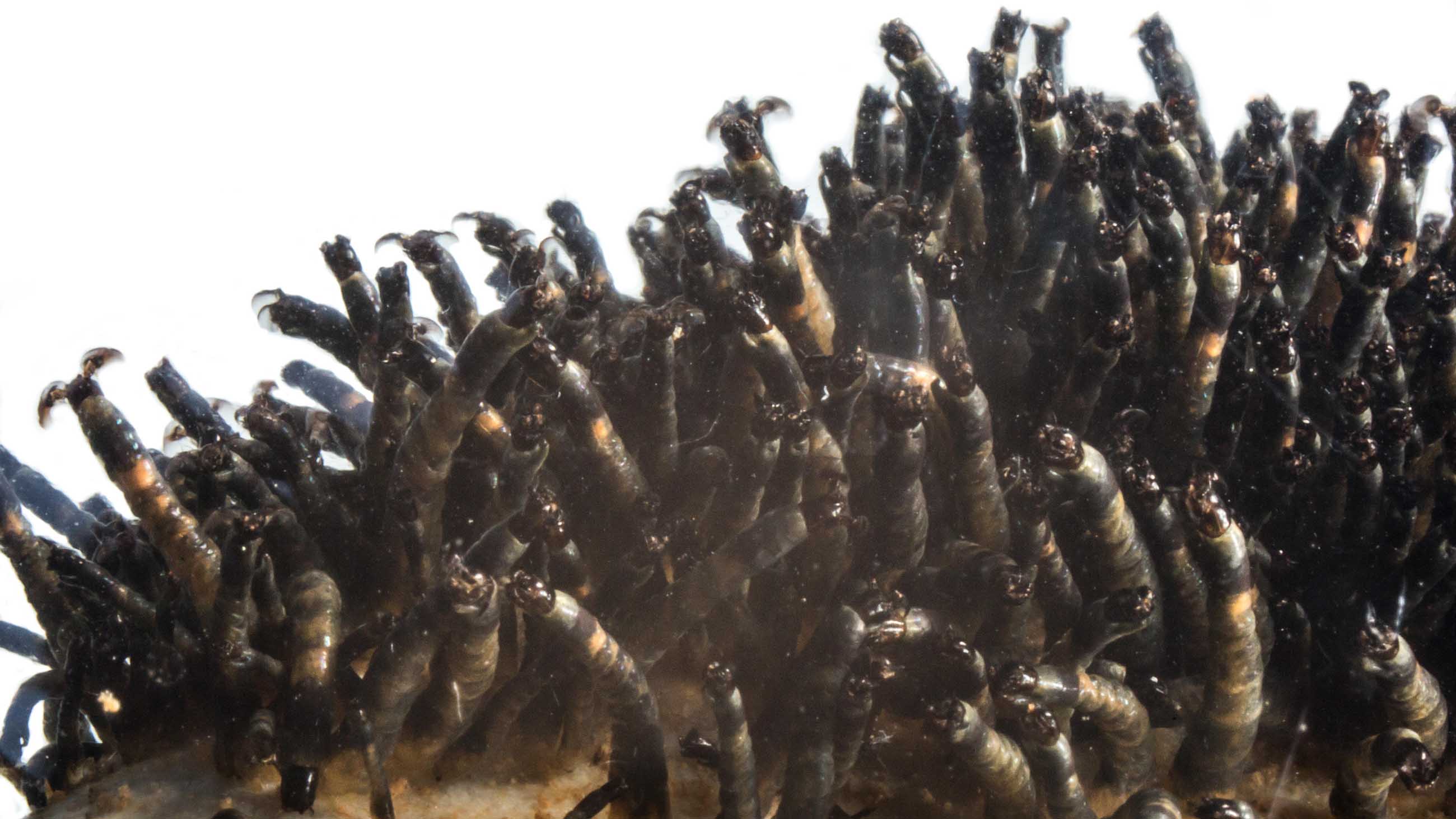
In 2016, Kennedy and Muehlbauer published all this data and analysis in a dense paper in the journal BioScience. For the science community, it was a gold mine. The combination of scientist-derived data and crowdsourced citizen science was creative and provocative; and better yet, the results made ecological sense.
But the last few paragraphs of their paper caused a bigger stir: If Glen Canyon Dam can be operated in a particular way to power air conditioners and the Western power grid, why couldn’t it be operated slightly differently, to allow more insects to survive? Kennedy and Muehlbauer’s recommendations were fairly simple: Institute a kind of “bug flow” that would keep the river low for 48 hours straight, giving aquatic insects two days out of every seven to lay their eggs anywhere on the river with no risk of desiccation. They would thus survive long enough to hatch, emerge, and provide additional fuel for the Grand Canyon ecosystem. And since demand for electricity tends to be lower on weekends, just running the river lower on Saturdays and Sundays could be a place to start.
“Bug flows” haven’t been tried yet; there is a lot of concern about them, and they have implications for power production, water supply, and all those rafters downstream who are used to the current flows. Still, as Kennedy emailed me recently, “our crazy bug flows idea” not only has the potential to improve the health of the Colorado River; a 2016 federal management plan for Glen Canyon found that it would also increase hydropower revenues. “Cómo se dice ‘win-win’?” he added. So maybe the Colorado River in the Grand Canyon can continue being its highly regulated, engineered self; but instead of being just a hydraulic machine, it could also be an ecological machine.
Martin Doyle is director of the Water Policy Program at the Nicholas Institute for Environmental Policy Solutions and a professor of river science and policy at Duke University’s Nicholas School of the Environment.










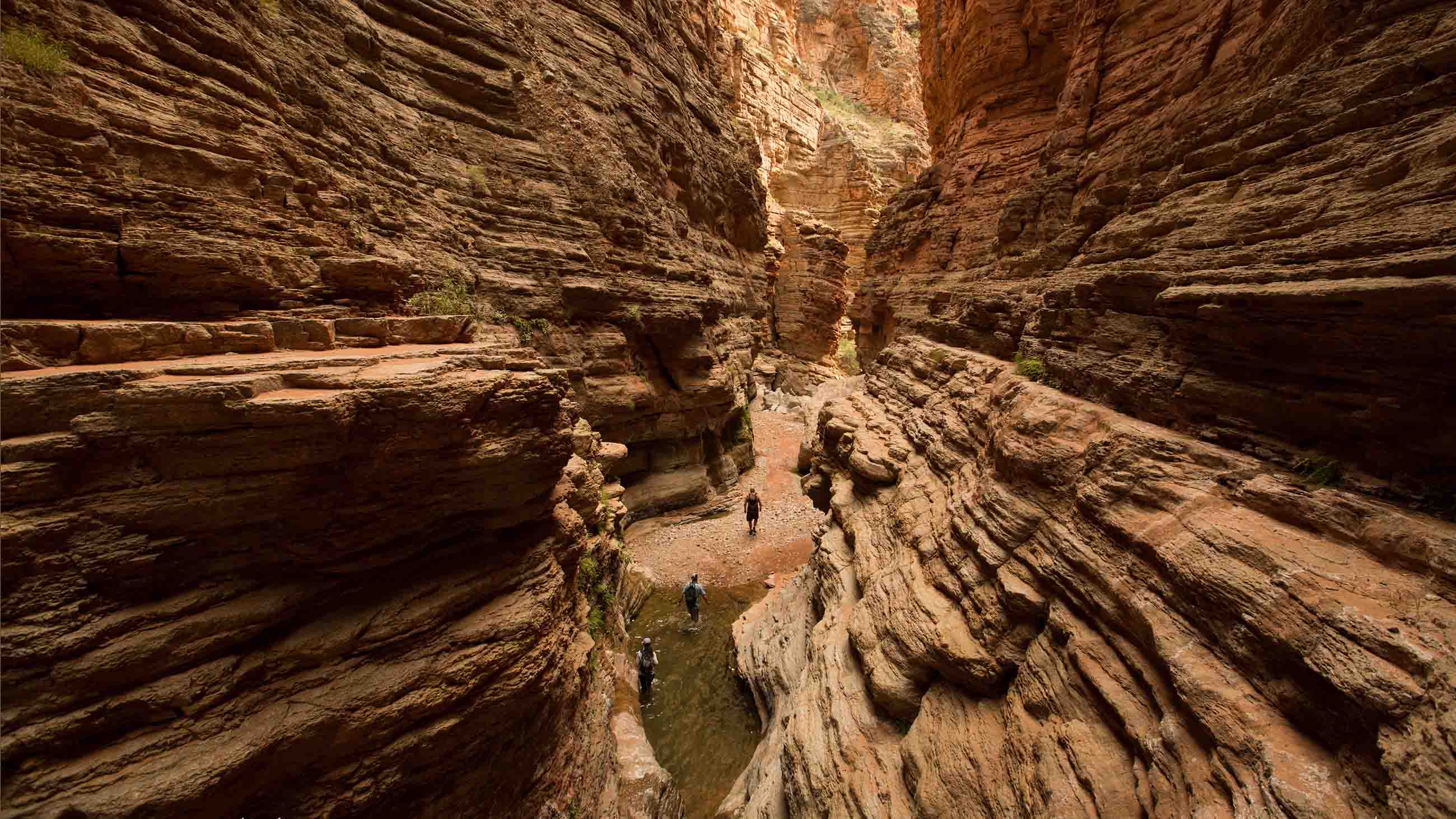
Comments are automatically closed one year after article publication. Archived comments are below.
Thank you for addressing this issue. However, “bared little resemblance”? Really?
Hello, a really interesting article!! I would just like to know if you have heard about the Long-Term Experimental and Management Plan FEIS that began in 1996 and actually affected the revenues of power companies. Is Martin Doyle’s reserach related to (or financed by) this project? Or is it independent? Thank you ver much! I am really interestd because I am doing a research about ecological flows in Peru, and information about this in USA is much more comprehensive.
This article was so well written; I enjoyed every word. Good luck with the “bug flows”! Such remarkable people doing remarkable work!
This needs to be done. The results of our human interference in nature is on full display in the Grand Canyon. I am no treehugger, but l know a slow death when I see one. There is no more beautiful place on Earth than northern Arizona.
there is hope yet. may all the gods of all the pantheons past and present aid in this endeavour!
What a cheery article! I hope all the wishes in that article come true.